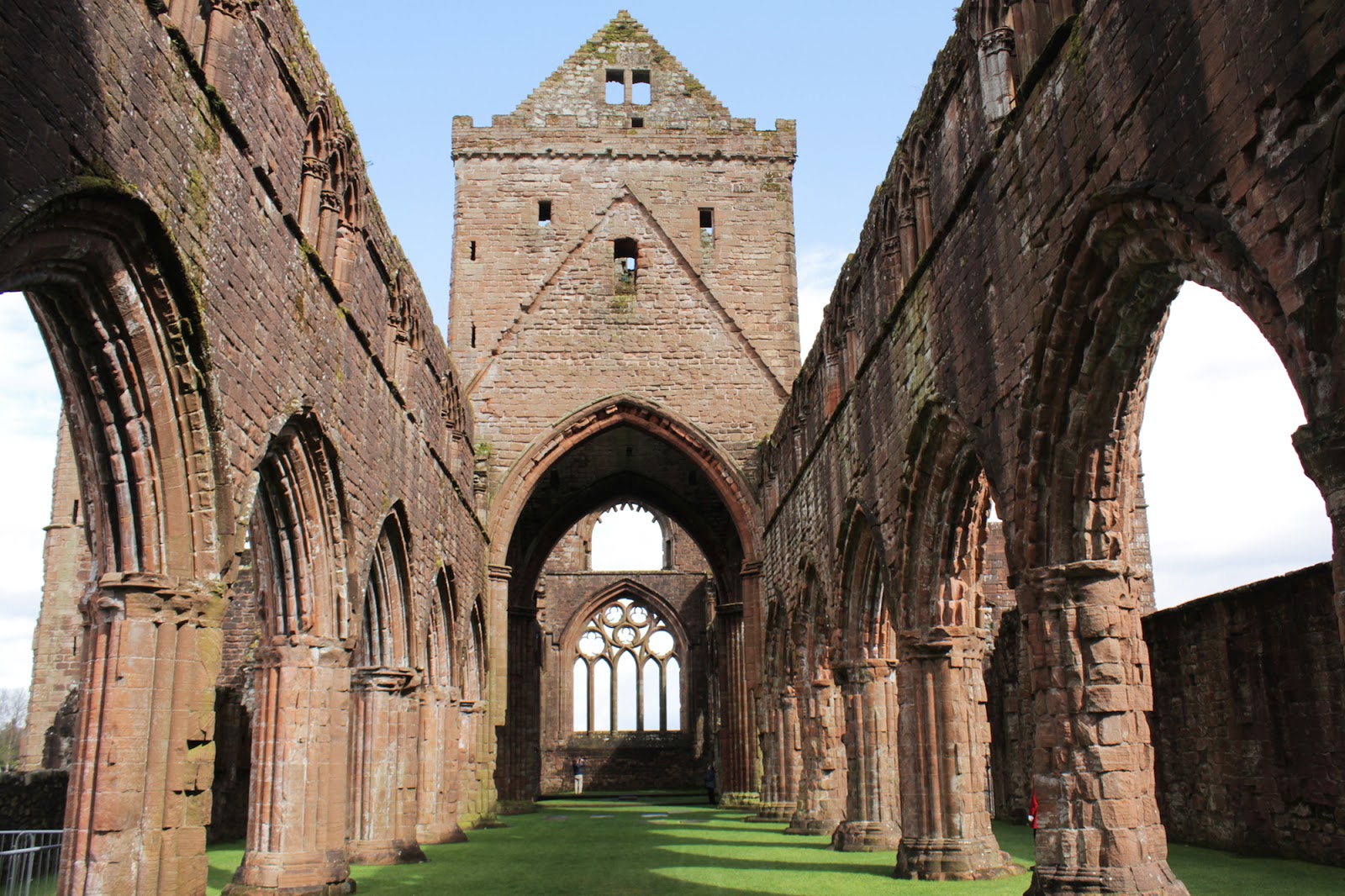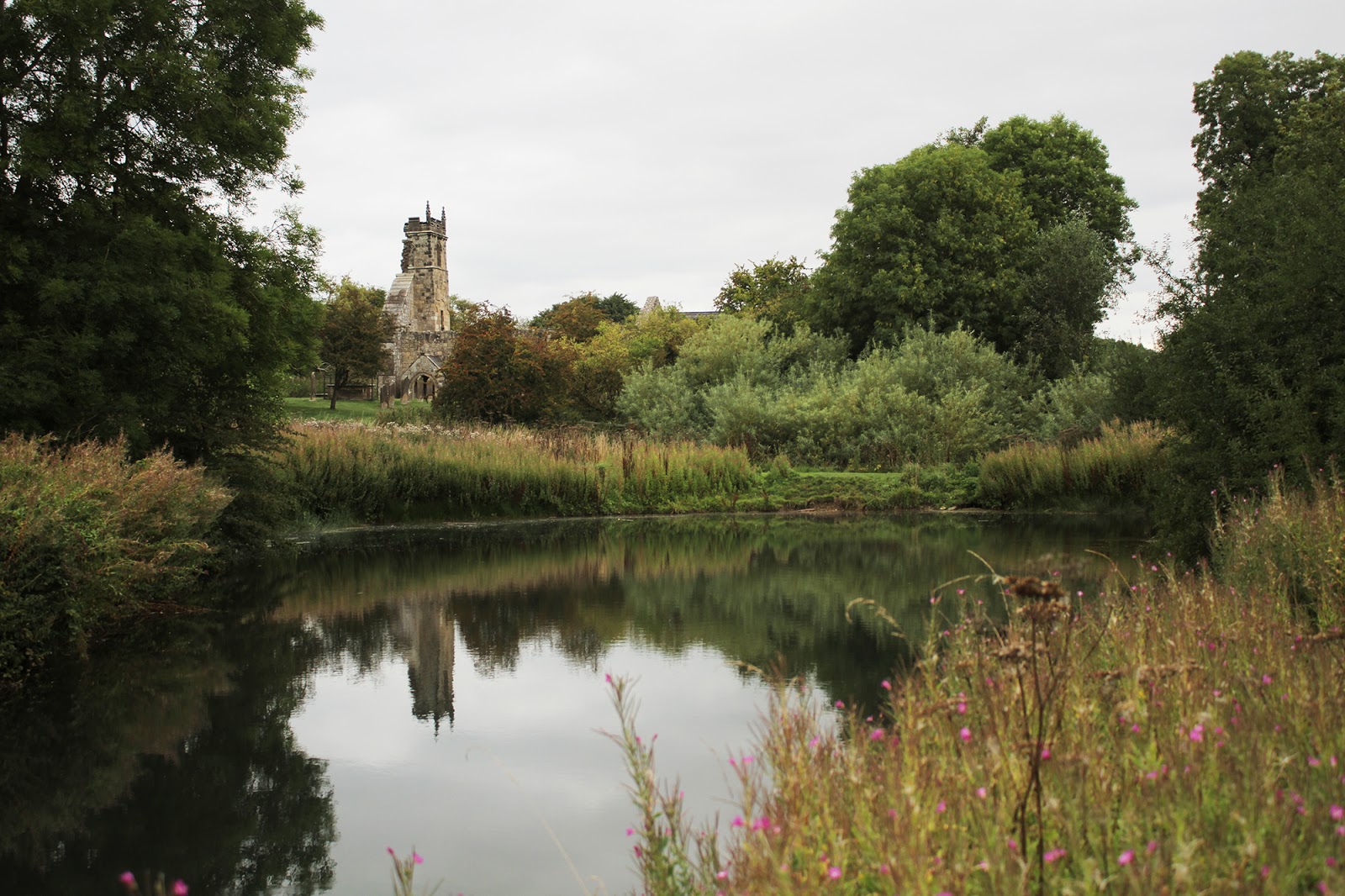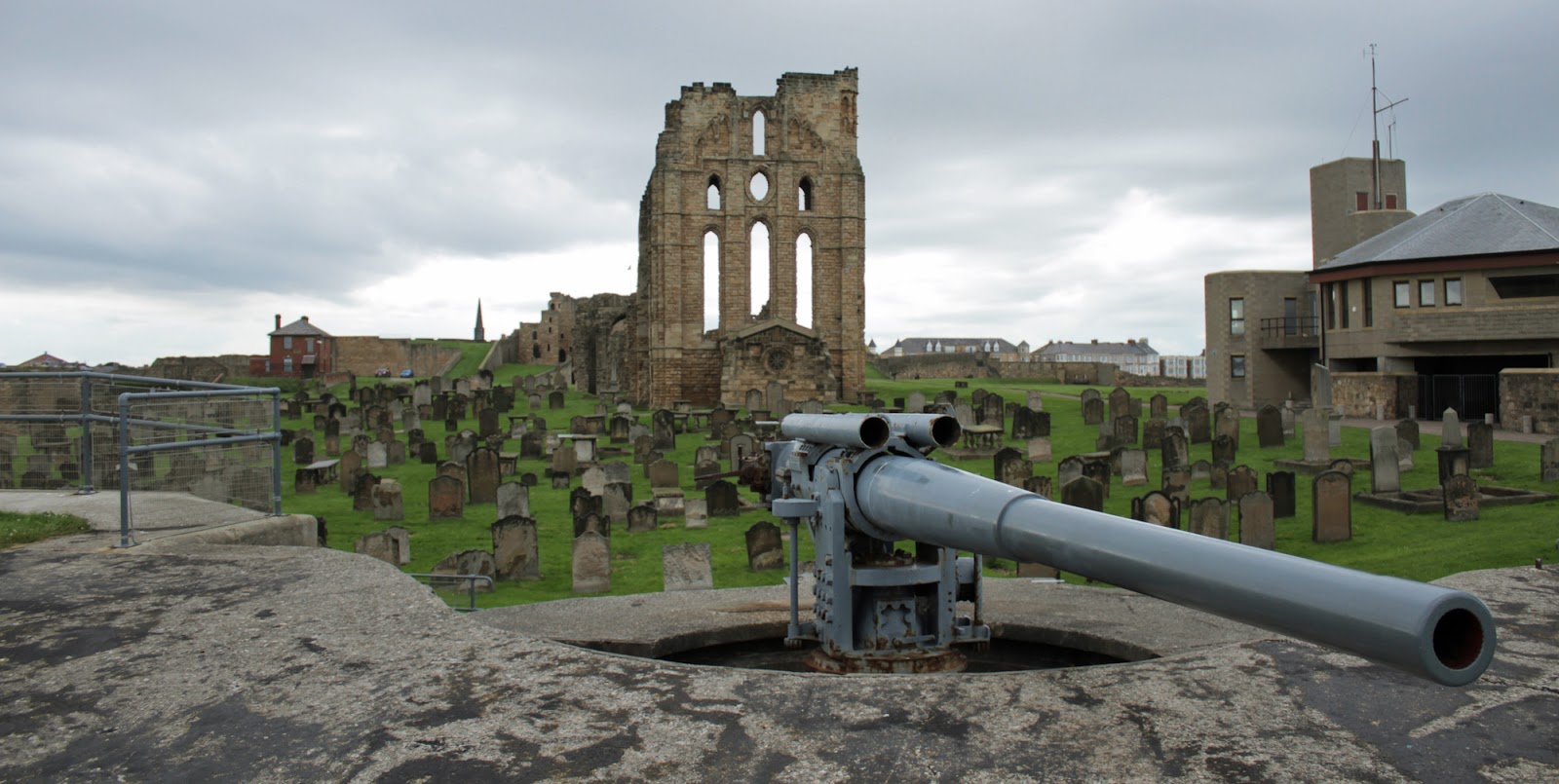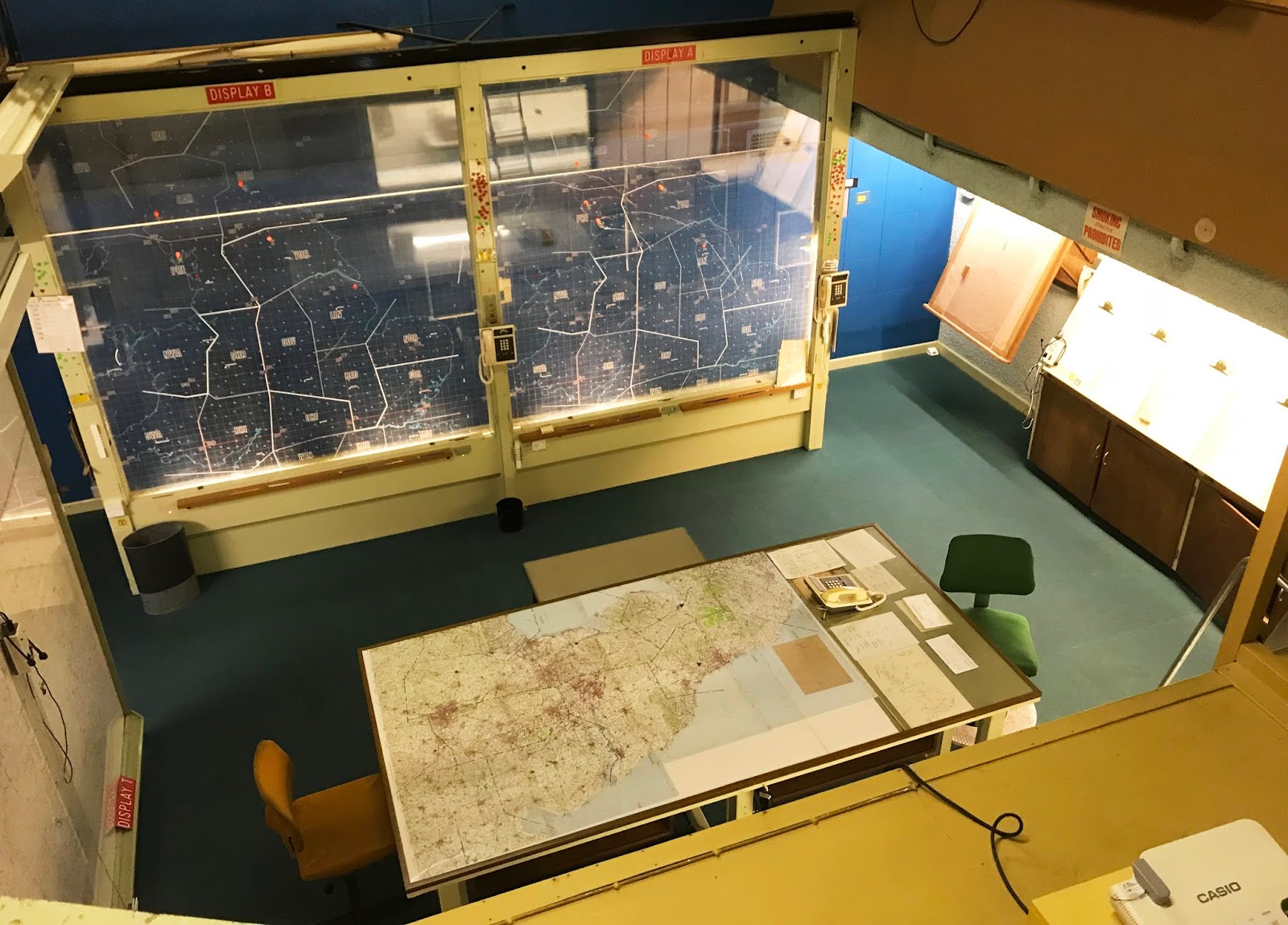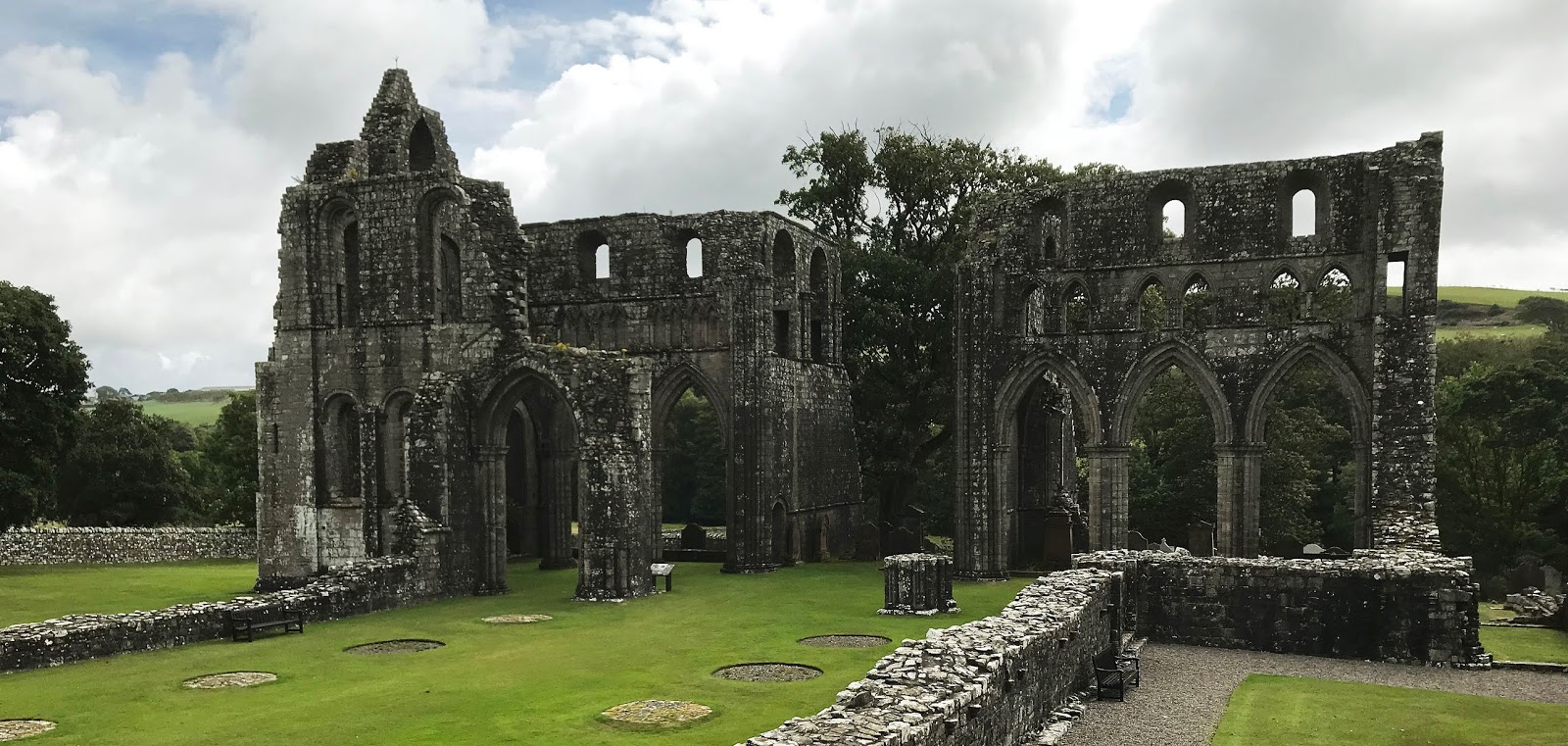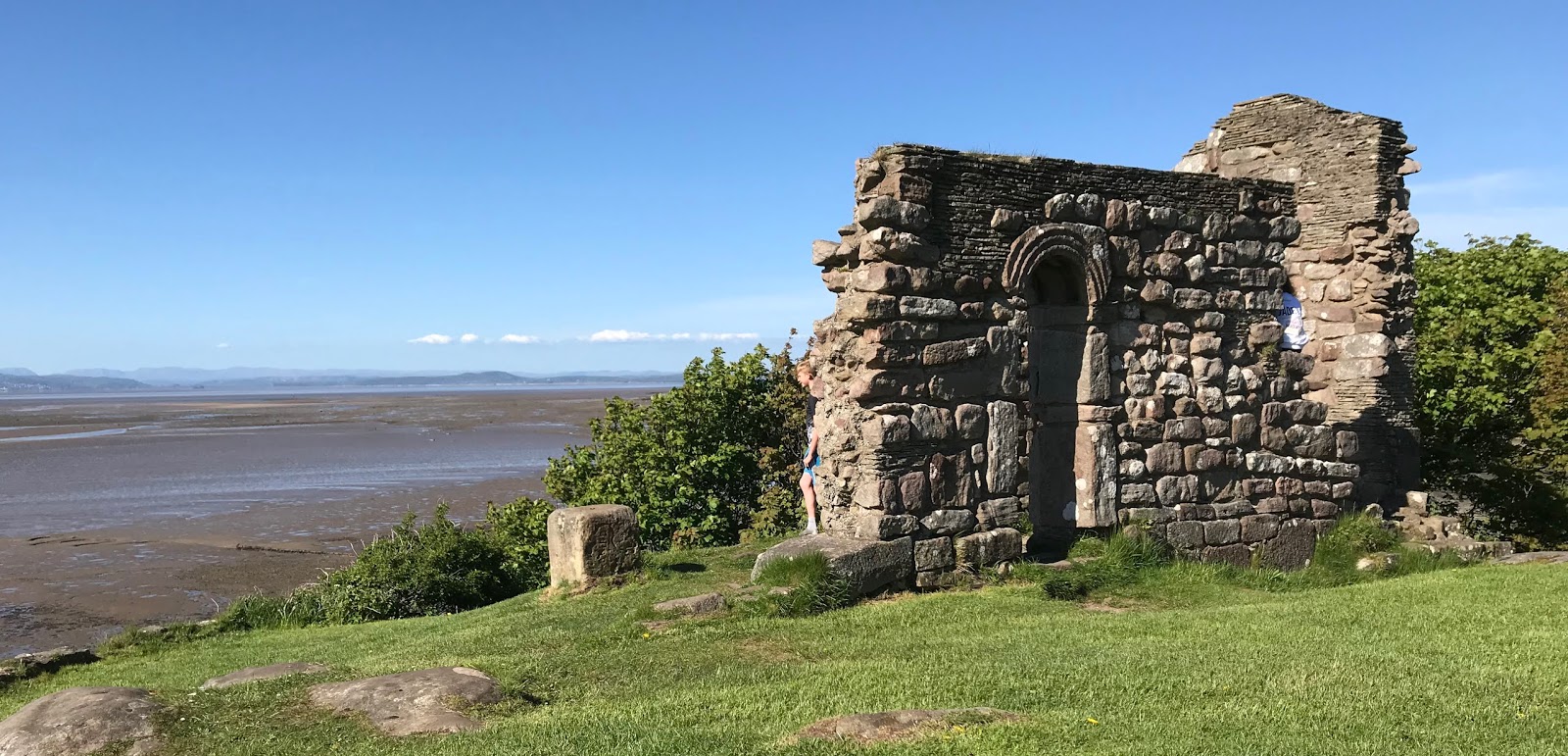A Salty Business in Cheshire - Lion Salt Works, Marston
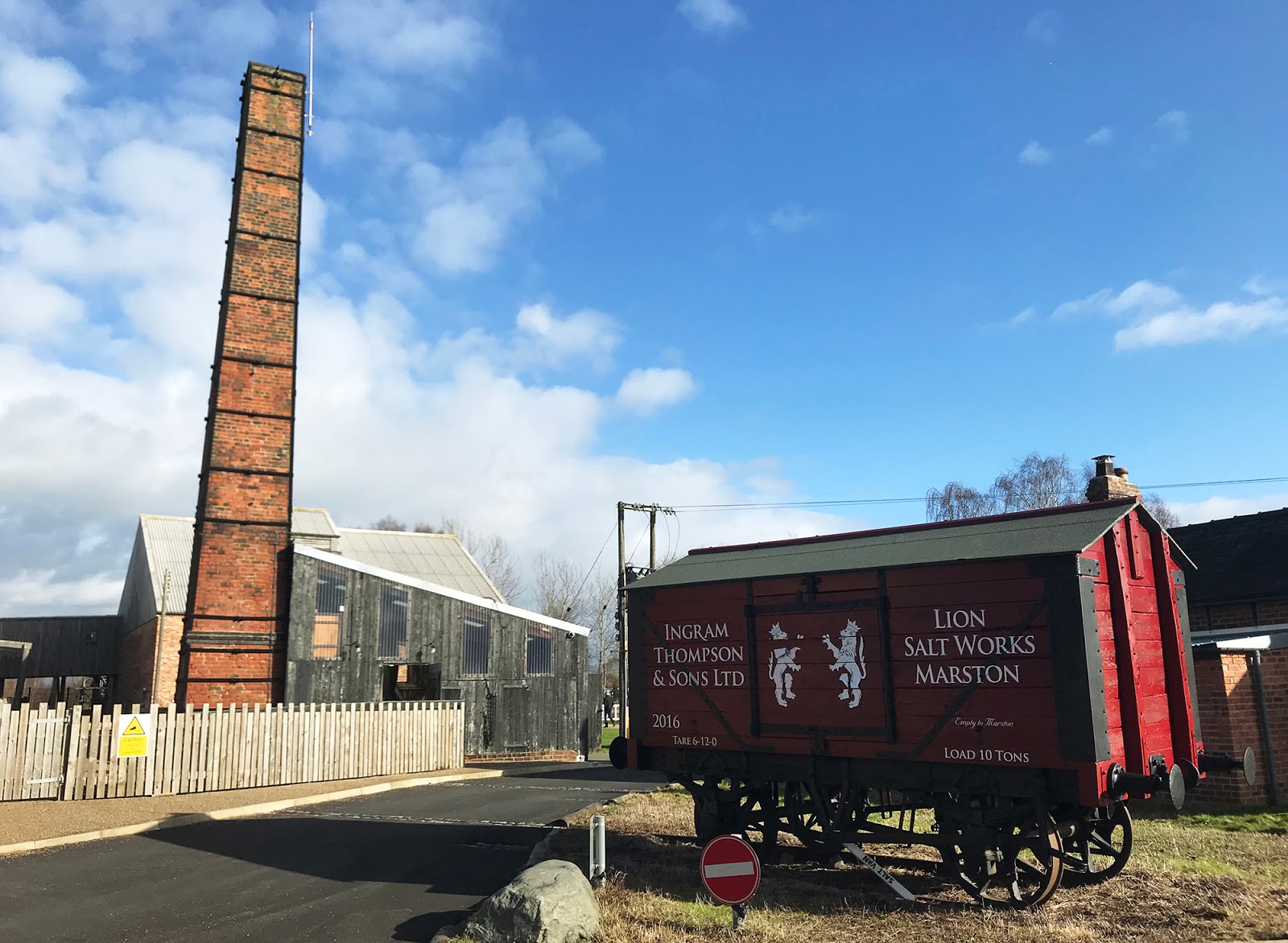
In the small village of Marston, in Cheshire, there is a reminder of the areas (salty) industrial past, the Lion Salt Works . I really enjoyed my visit to this little gem. I had never heard of it before but while visiting my mum and dad, over towards Manchester, they suggested a visit. Why not! I love history, so a visit to an old industrial site and museum was right up my street. The first thing that struck me on arrival was the large red brick chimney, rising into the sky above the lower buildings - I do love a chimney. It reminded me a lot of the chimney at a site nearer to my home (and where I worked for a time), Stott Park Bobbin Mill. Passing by the chimney we entered the lovely little shop and cafe to pay then enter the site. The salt works is a mix of a recently renovated museum and more run down parts of the original works. The museum really helped to bring the site to life with excellent displays and videos telling the story of salt production in the area from as ea
